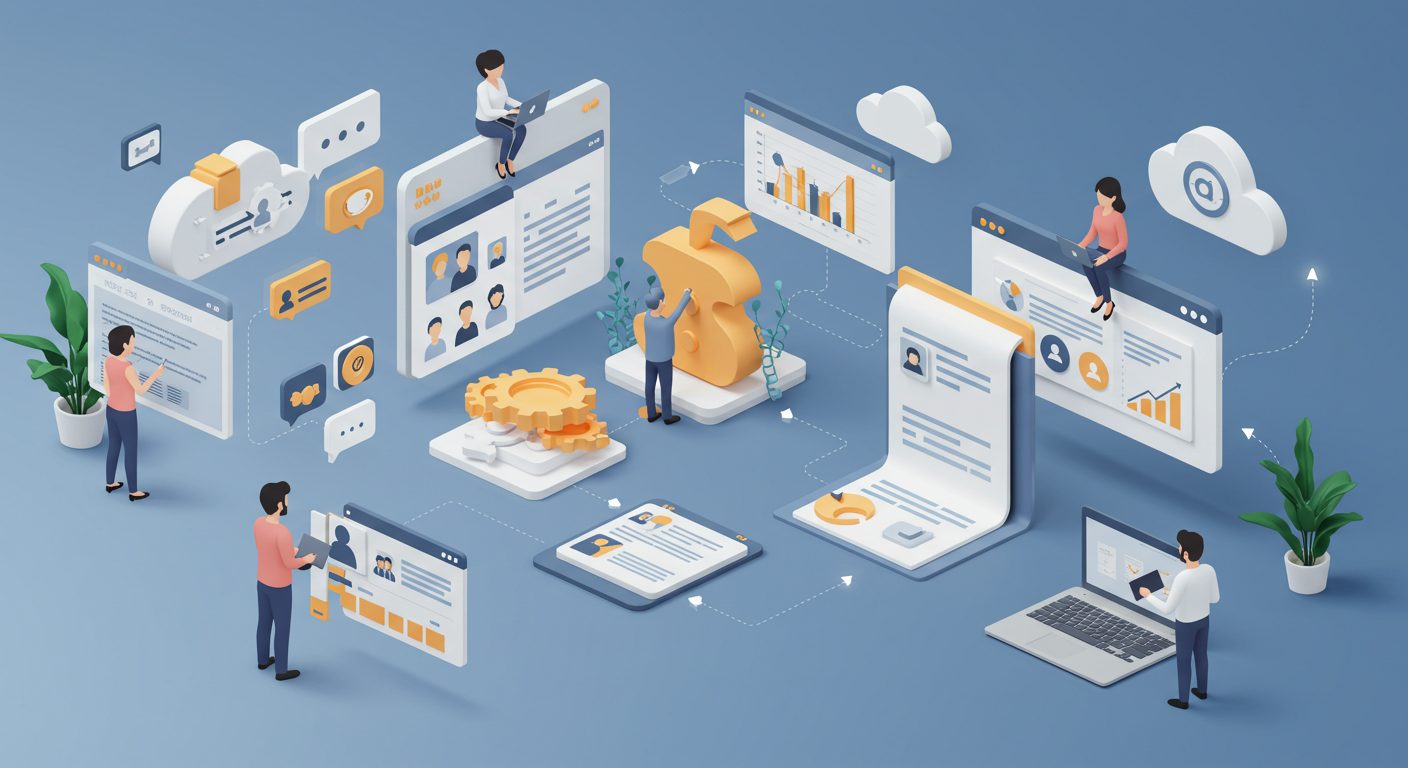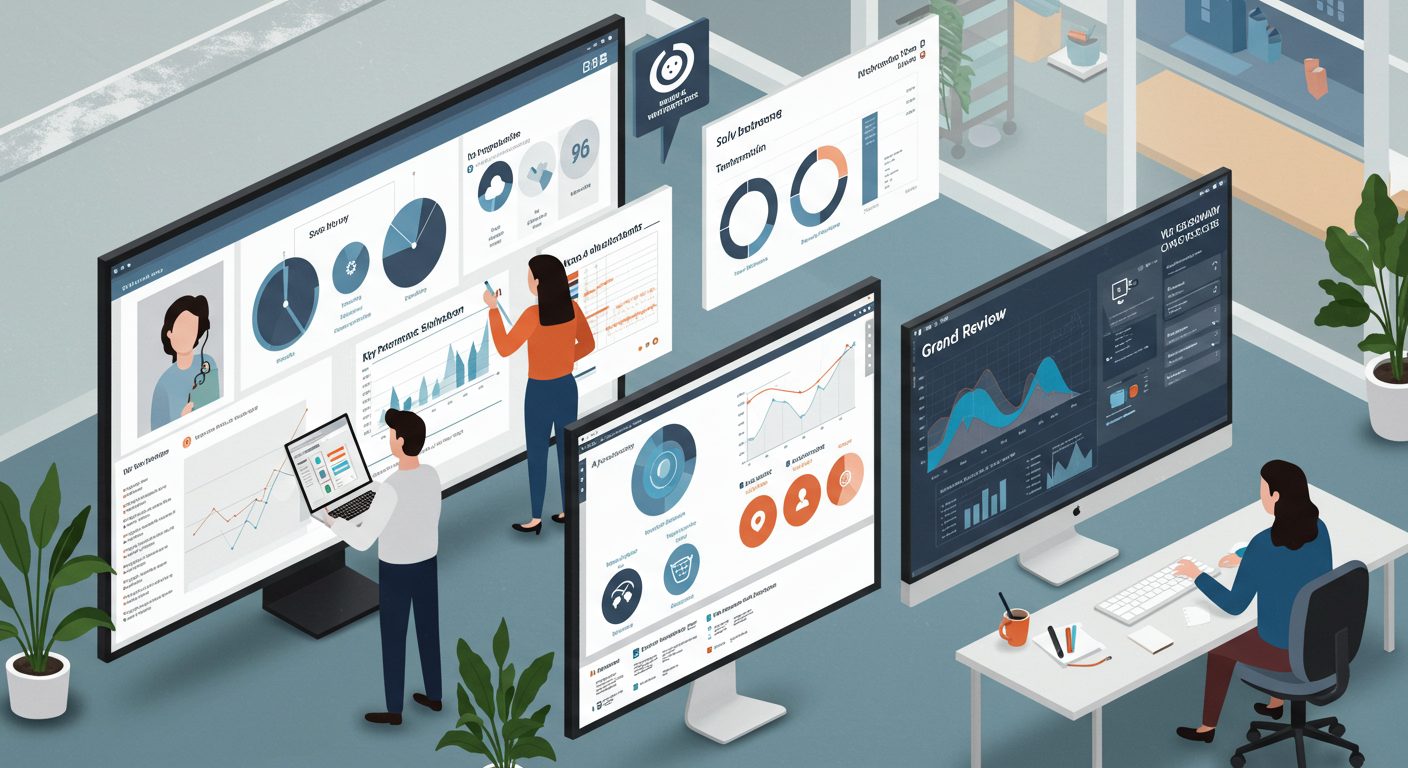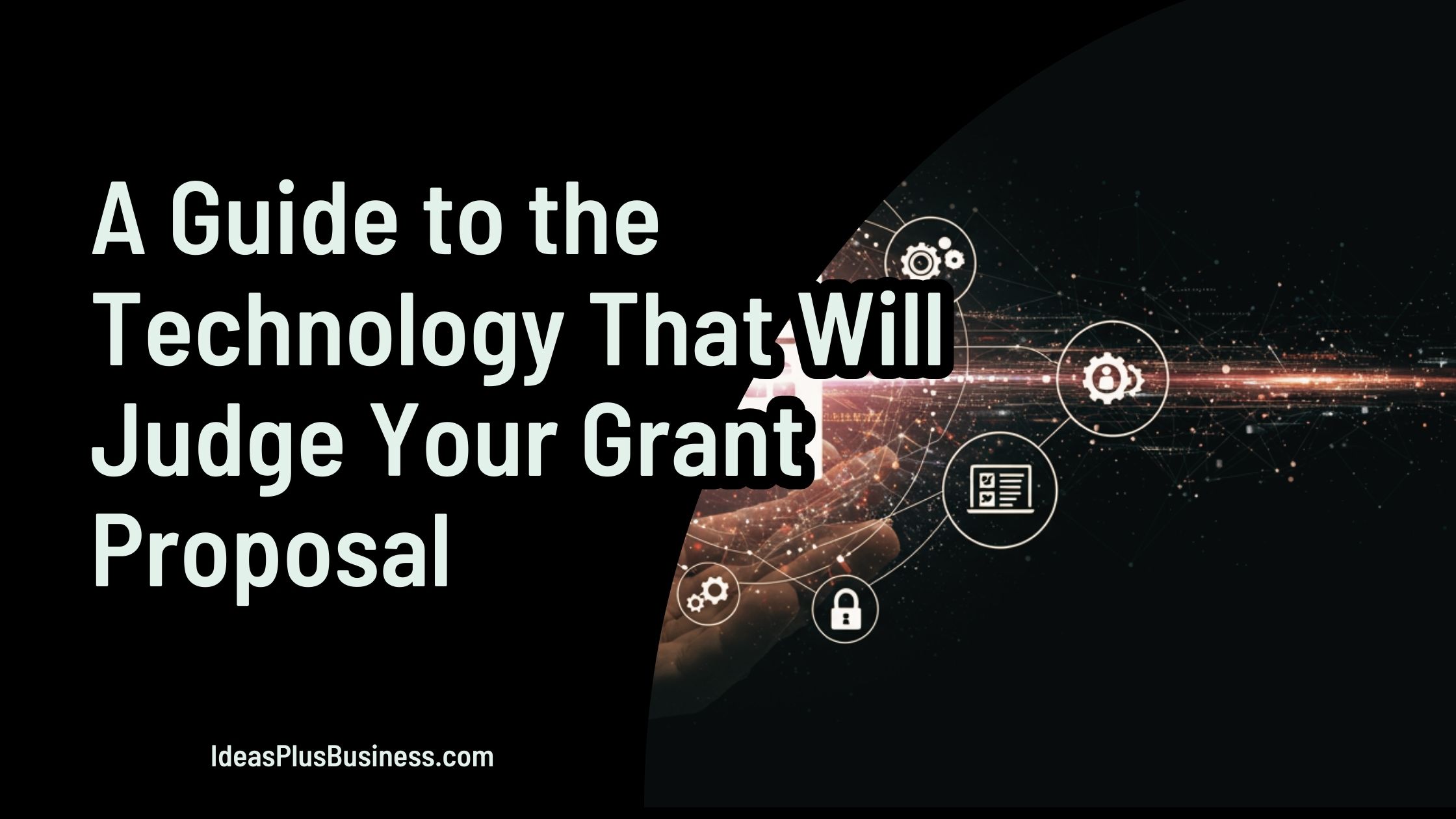Technology has streamlined nearly every part of the grant proposal process.
Research and data collection are now automated, while writing tools review past proposals and generate content based on specified criteria. These advancements reduce turnaround time and raise the overall quality of submissions.
More business professionals are turning to these tools for their undeniable benefits. Well-structured grant proposals completed in a shorter timeframe increase the likelihood of funding and create a stronger competitive position, supported by clear value propositions and outcomes that resonate with funders.
How Grantmaking Has Changed
Grant reviews used to be done manually, relying on human judgment for fair and thorough evaluation.
However, this approach was slow and resource-intensive. Teams had to sift through numerous applications and documents while coordinating with colleagues and stakeholders.
Although many organizations still use paper-based methods, new technologies offer faster, more reliable, and more objective ways to review grant applications. Automated review software accelerates the process by managing repetitive tasks like data validation and conflict detection while improving accuracy.
What Is the Best Grant Management Tool for Federal Government Agencies?
Federal agencies manage billions of dollars in competitive and formula grants each year, from initiatives for road maintenance to welfare programs. The right grant management tools help streamline the process while adhering to federal regulations.
IGX Solutions IntelliGrants is among the best grant management systems designed to ease the workload of federal grantmakers and grantees.
The company has built its reputation as one of the strongest grant management systems by tackling the challenges governments know all too well: regulatory compliance, disorganized record keeping, and weak internal controls. IntelliGrants is a proprietary workflow platform widely used at the federal and state levels.
With a 98% client retention rate, IntelliGrants has earned agencies’ trust nationwide. For grantseekers, it helps oversee the entire grant life cycle, from application submission to post-award tracking, budgeting, and stakeholder reporting.
The platform can also be customized, whether the user works for a nonprofit, educational institution, or government agency.
The application can help grantmakers collect the information they need to decide if a candidate is a great fit. IntelliGrants connects grantmakers and grantseekers through its built-in communication feature, keeping all stakeholders informed.

The Core Technologies Powering Grant Proposals and Review
Sophisticated innovations have made the manual processes of reading, scoring, and deliberation more efficient. Here are the core technologies being used and how they affect both ends of the grant process.
Artificial Intelligence
Instead of hiring third-party grant writers, many grantseekers use generative AI tools to draft proposals, conduct research or sharpen their responses to application questions.
Funders are also starting to use AI to parse through numerous applications and flag errors that manual reviews may overlook. AI automates the scoring process, using algorithms to score applications against predefined criteria.
For grantees, proposals must be clear, compliant, and aligned with requirements from the start. IGX Solutions can help you keep up with any regulatory concerns that may flag your proposal.
For grantmakers, AI can also be used in pattern recognition to quickly review datasets and evaluate potential fraud or abuse risks. This speeds up the process of assessing eligibility and backs decisions with data-driven insights instead of the reviewer’s subjective analysis.
This allows grant applicants to demonstrate accountability with accurate records and measurable outcomes, which become the foundation for funder trust. Grant management systems can also resolve inefficiencies in record-keeping by centralizing all grant-related data and multiple portfolios in a single location for easy access when updating or retrieving information.
Natural Language Processing
Reviewers need time to work through large numbers of applications. Natural language processing (NLP) tools analyze text at scale and extract key information and themes.
They filter out the fluff and direct reviewers to the meat of each proposal. NLP tools also make verifying requirements that human reviewers might otherwise overlook easier.
For grantees, this means proposals are reviewed more consistently and efficiently. NLP can also help applicants fine-tune their proposals by identifying vague statements, excessive jargon, or inconsistencies that might weaken their submission.
These tools scan text for alignment with grant requirements, ensuring proposals do not miss mandatory criteria, such as eligibility rules or reporting commitments. This levels the playing field for applicants who may not have professional grant writers but still have strong, well-structured projects.
Data Analytics
Data analytics is also proving effective in handling large volumes of applications. It highlights the most promising proposals that align with funders’ goals and priorities.
Data analytics can also draw on historical data to forecast project success. For example, if an organization frequently struggles with reporting deadlines or financial compliance, the system can flag that risk so that funders are aware before making funding decisions. This helps federal grantmakers allocate their resources more strategically to the strongest proposals.
For grantees, using data analytics means that proposals are judged not only on their writing but also on a track record of successful projects and how closely the proposal aligns with a funder’s priorities.
This makes it more important for applicants to connect project goals to the funder’s mission and highlight their past accomplishments. While this can raise the bar for competitiveness, it also creates a fairer process where strong, well-aligned projects are more likely to stand out.

How Applicants Can Optimize Their Grant Proposal
Today, your proposal must satisfy both automated checks for compliance and human reviewers’ expectations for clarity, evidence, and impact. Here is how to stand out:
Structure Proposals for Machine Readability
Both human and AI reviewers prioritize consistency. Use clear section headings that mirror the application guidelines. Break up large chunks of text with bullet points and shorter paragraphs.
While you want your proposal to be readable by the tech, you do not want to sound like a robot. A more logical flow ensures that human readers will read your application and not gloss over it.
Avoid unusual fonts, symbols, or formatting that might disrupt automated scanning. A well-structured proposal reduces the risk of technical rejections before reviewers even see it.
Use Data and Evidence to Strengthen Your Case
Reviewers and the algorithms that support them look for tangible achievements tied to public priorities. Avoiding your proposal with vague claims. Cite baseline data, national benchmarks, and prior results.
For example, you can highlight how your program improved literacy rates by a certain percentage compared to the state average.
This specificity exemplifies alignment with federal education goals. Quantifiable evidence shows accountability and helps agencies justify funding decisions to auditors and oversight bodies.
Avoid Common Pitfalls Flagged by Algorithms
Federal systems are designed to catch errors that can lead to disqualification. Missing attachments, incomplete budget narratives, or vague objectives are all red flags.
Ensure compliance with federal requirements, such as cost principles, allowable expenses, and reporting standards. While human reviewers may be more sympathetic to a strong case with a few missing requirements, AI-assisted checks are more unforgiving of omissions.
Leverage Technology to Your Advantage
Applicants can use the same tools federal agencies rely on. Run your proposal through readability analyzers to ensure clarity. Use AI-driven grammar and compliance checkers to spot budget, timeline, or outcome inconsistencies.
Many agencies publish sample successful applications. Use these to compare your proposal’s structure and language against them. Treat these tools as a pre-screening before the federal system does.

Winning in the Age of Algorithmic Review
Algorithms, data models, and compliance checks now sit alongside human judgment to determine which grant proposals advance. For applicants, this shift rewards clarity, precision, and measurable outcomes.
A well-structured proposal for machine readability, backed by solid data and aligned with federal priorities, has a higher chance of being noticed and funded.

I am Adeyemi Adetilewa, the Editor of IdeasPlusBusiness.com. I help brands share unique and impactful stories through the use of online marketing. My work has been featured in the Huffington Post, Thrive Global, Addicted2Success, Hackernoon, The Good Men Project, and other publications.

